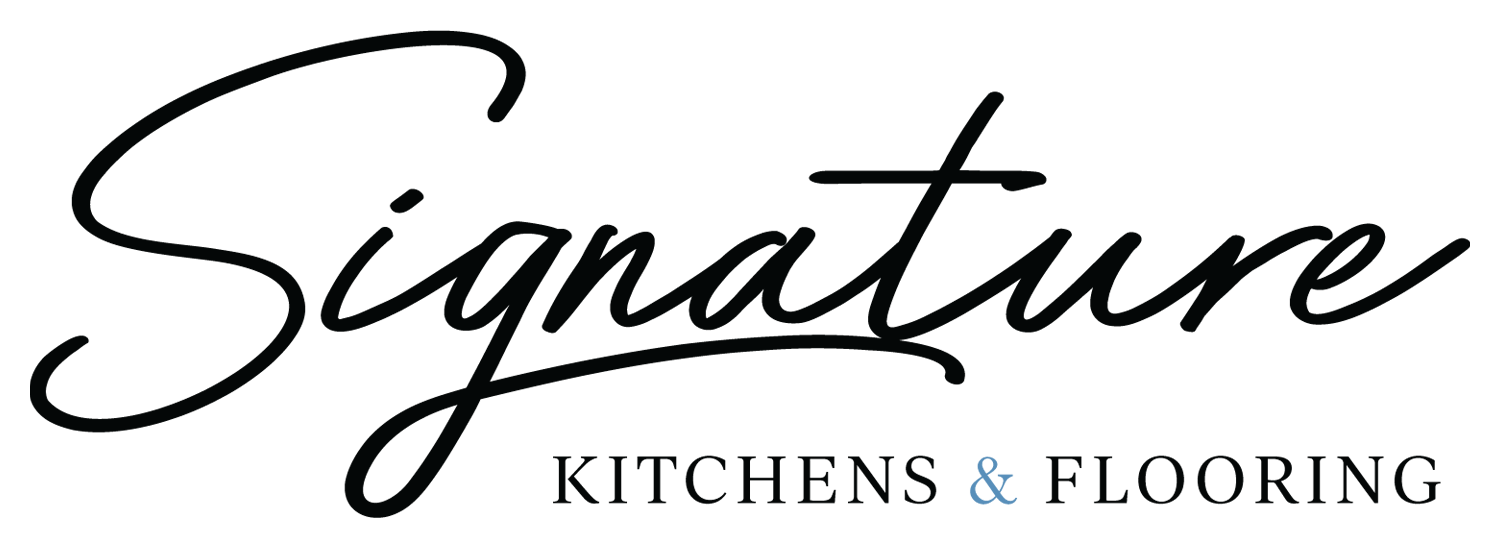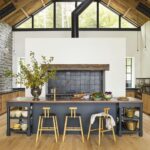When it comes to choosing wood flooring for your home, two popular options dominate the market: engineered hardwood and solid hardwood. Both bring the beauty and warmth of natural wood into a space, but they differ in structure, durability, and performance. To help you make an informed decision, let’s break down the key differences, advantages, and disadvantages of engineered hardwood and solid hardwood.
- Structure and Composition
- Engineered Hardwood: Engineered hardwood is composed of multiple layers. The top layer is a veneer of real hardwood, which gives the floor its authentic wood appearance. Beneath this layer are several layers of plywood or high-density fiberboard (HDF), laid in a cross-grain configuration. This multi-layer construction adds stability, making engineered hardwood more resistant to changes in moisture and temperature.
- Solid Hardwood: Solid hardwood planks are made from a single piece of wood, typically ¾ inch thick. Each plank is made from a single species of wood, which can be sanded and refinished multiple times over the years. Solid hardwood is a more traditional flooring option and is prized for its longevity and timeless appeal.
- Durability
- Engineered Hardwood: The layered construction of engineered hardwood makes it more stable, especially in environments where temperature or humidity fluctuates. This means engineered hardwood is less prone to warping or expanding compared to solid wood. It’s ideal for areas like basements, kitchens, or regions with higher humidity levels.
- Solid Hardwood: Solid hardwood is highly durable, and its thickness allows it to be sanded and refinished many times, extending its lifespan significantly. However, it is more vulnerable to changes in moisture, meaning it can expand, contract, or warp in humid or very dry conditions. Solid hardwood is best suited for rooms with controlled humidity, such as living rooms or bedrooms.
- Installation Process
- Engineered Hardwood: Engineered hardwood is versatile when it comes to installation. It can be glued down, stapled, or floated over existing flooring. This makes it easier and faster to install, especially on concrete subfloors or in spaces where a traditional solid hardwood floor might be difficult to work with. Engineered wood is also thinner, meaning it can be installed in places with height restrictions.
- Solid Hardwood: Solid hardwood usually requires a more labor-intensive installation process. It needs to be nailed or stapled to a subfloor, which limits installation to areas above ground level (like first or second floors). Installing solid wood over concrete is not recommended. While installation is more complex, once solid wood is in place, it adds significant value and a timeless feel to a home.
- Moisture Resistance
- Engineered Hardwood: Engineered hardwood is more resistant to moisture due to its layered construction. While it’s not waterproof, it can better withstand moisture exposure than solid hardwood. This makes it a good choice for areas prone to higher moisture, such as basements or kitchens.
- Solid Hardwood: Solid hardwood is more susceptible to moisture. Even small changes in humidity can cause it to swell or shrink. Because of this, solid wood is not recommended for basements, bathrooms, or other high-moisture areas.
- Refinishing and Longevity
- Engineered Hardwood: The ability to refinish engineered hardwood depends on the thickness of the top veneer layer. Some high-quality engineered hardwoods can be refinished once or twice, but lower-quality options might not be refinishable at all. This limits the lifespan compared to solid wood. That said, engineered hardwood can still last 20-30 years with proper care.
- Solid Hardwood: Solid hardwood is one of the longest-lasting flooring materials. Its thick composition means it can be sanded and refinished many times, potentially extending its life well over 100 years with proper maintenance. This ability to refresh the surface periodically makes solid wood highly desirable for homeowners looking for longevity.
- Cost
- Engineered Hardwood: Engineered hardwood is generally more affordable than solid hardwood. However, the price varies depending on the thickness of the veneer and the quality of the core materials. High-end engineered hardwood can sometimes be as expensive as solid wood, especially when considering exotic species.
- Solid Hardwood: Solid hardwood tends to be more expensive due to the cost of sourcing and processing natural wood. However, given its durability and ability to be refinished many times, it can be a good investment in the long term. The upfront cost is higher, but the lifetime value can outweigh the initial expense.
Advantages and Disadvantages
Engineered Hardwood
- Advantages:
- More moisture-resistant and stable in varying climates
- Easier and more versatile installation
- Often less expensive than solid hardwood
- Suitable for basements, kitchens, and concrete subfloors
- Disadvantages:
- Limited refinishing capability
- Shorter lifespan compared to solid hardwood
- Less eco-friendly due to the use of adhesives and multiple layers
Solid Hardwood
- Advantages:
- Can be sanded and refinished multiple times
- Extremely long-lasting, often over 100 years
- Adds significant value to a home
- Timeless appearance and authenticity
- Disadvantages:
- Prone to warping in moisture-rich environments
- More expensive upfront and requires professional installation
- Limited to above-ground installation
Which One is Right for You?
Your decision between engineered hardwood and solid hardwood ultimately depends on your specific needs, location, and lifestyle. If you’re installing flooring in a high-moisture area or need a cost-effective option, engineered hardwood might be your best choice. However, if longevity, refinishing potential, and traditional craftsmanship are priorities, solid hardwood may be worth the investment.
By understanding the pros and cons of both types of flooring, you can select the one that aligns with your aesthetic, practical, and budgetary needs, ensuring that your home remains beautiful and functional for years to come.




